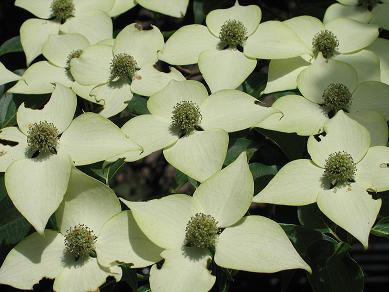Hey guys, just a reminder to UNPLUG all of your electronics before going home for Thanksgiving! After all, why let all those appliances draw electricity when you’re not even going to be here?
Psst: this would be easier for you if you used surge protectors (see this post). Think about investing in some for your suite. Not only do they help save a bunch of energy, they make things like this much, much easier. Instead of unplugging bunches of different appliances, you only have to unplug two or three surge protectors!
Also, don’t forget to turn off your radiators. In the meanwhile, while we’re still here, have you turned those down yet? If you can, be sure to do so! After all, why waste energy overheating your suite just to get all sweaty when you get blasted by the heat coming in from the cold?

And speaking of Thanksgiving, why don’t you print out this list from About.com for your family? Everybody likes an Eco-Friendly Thanksgiving:
1. Reduce, Reuse, Recycle
To make your Thanksgiving celebration as eco-friendly as possible, start with the three Rs of conservation: Reduce, Reuse and Recycle. Reduce the amount of waste you produce by buying only as much as you need and choosing products that come in packaging that can be recycled.
Carry reusable bags when you do your shopping, and use cloth napkins that can be washed and used again.
Recycle paper, and all plastic, glass and aluminum containers. If you don’t already have a compost bin, use your Thanksgiving fruit and vegetable trimmings to start one. The compost will enrich the soil in your garden next spring.
Buying only locally grown food is one good way to have an eco-friendly Thanksgiving. Locally grown food is good for your table, your health and the environment. Locally grown food tastes better than food that has to be grown and packaged for maximum shelf life, and it requires less fuel to reach store shelves. Locally grown food also contributes more to your local economy, supporting local farmers as well as local merchants.
Using only organic food for your feast is another good eco-friendly Thanksgiving strategy. Organic fruits, vegetables and grains are grown without chemical pesticides and fertilizers; organic meat is produced without antibiotics and artificial hormones. The result is food that is better for your health and good for the environment. Organic farming also produces higher yields, increases soil fertility, prevents erosion, and is more cost-effective for farmers.
4. Celebrate at Home
Thanksgiving weekend is one of heaviest for highway travel in the United States. This year, why not reduce global warming and improve air quality by lowering your auto emissions at the same time that you lower your family’s stress level? Skip the stressful holiday travel and celebrate an eco-friendly Thanksgiving at home.
5. Travel Smart
If you must go over the river and through the woods, there are still ways to have an eco-friendly Thanksgiving. If you drive, use less fuel and lower your emissions by making sure your car is in good working order and your tires are properly inflated. If possible, carpool to reduce the number of cars on the road and lower the greenhouse gas emissions that contribute to air pollution and global warming. If you fly, consider purchasing carbon credits to offset your portion of the carbon dioxide emissions generated by your flight. A typical long-haul flight produces nearly four tons of carbon dioxide.
6. Invite the Neighbors
The original Thanksgiving was a neighborly affair. Having survived their first winter in America only through the generosity of the native people who lived nearby, the Pilgrims of Plymouth Rock celebrated a bountiful harvest with a three-day feast to give thanks to God and their Indian neighbors. Your neighbors probably haven’t saved your life, but chances are they have done things to make your life easier or more enjoyable. Inviting them to share your eco-friendly Thanksgiving is an opportunity to say thank you, and also to reduce auto emissions by keeping more people off the road or ensuring shorter trips.
Trees absorb carbon dioxide—a greenhouse gas that contributes to the greenhouse effect and global warming—and give off oxygen in return. Planting one tree may not seem to matter much in the face of global climate change, but small things do matter. In one year, the average tree absorbs roughly 26 pounds of carbon dioxide and returns enough oxygen to supply a family of four.
… and you can find the rest at 10 Tips for an Eco-Friendly Thanksgiving.
Also, check out these other links for a Greener Thanksgiving:
http://www.environmentaldefense.org/pressrelease.cfm?contentID=2470
http://www.grist.org/advice/possessions/2003/11/20/index.html
http://www.associatedcontent.com/article/442725/eco_friendly_thanksgiving_ideas.html
http://www.associatedcontent.com/article/423844/how_to_prepare_an_ecofriendly_thanksgiving.html
http://www.sierraclub.org/sustainable_consumption/articles/thanksgiving.asp
http://psychology.suite101.com/article.cfm/how_to_plan_a_green_thanksgiving







